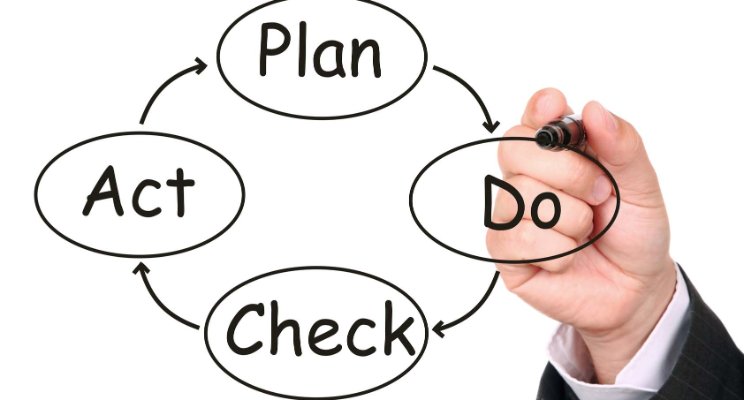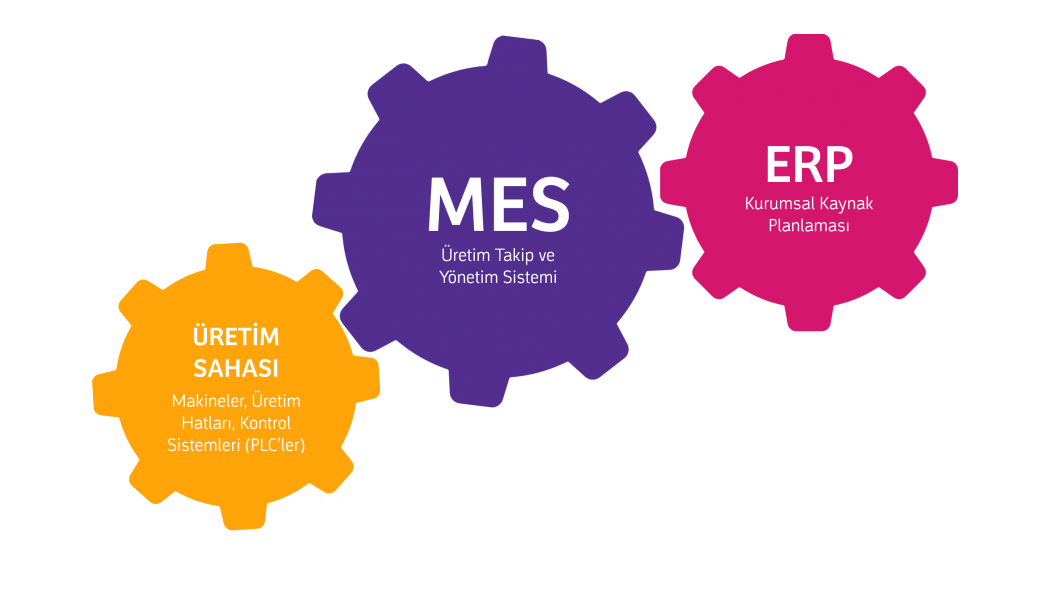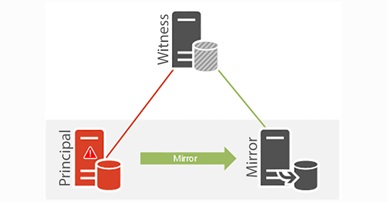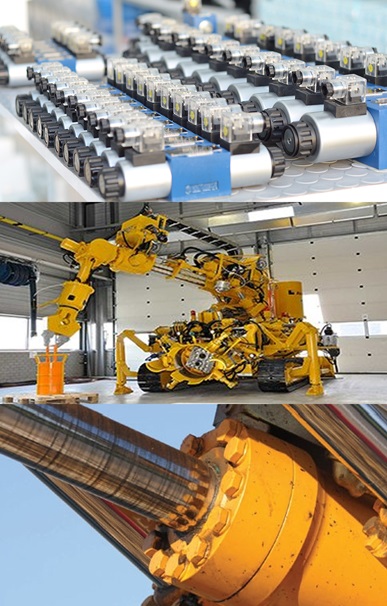
Providing High Quality Solutions at Businesses and Plan-Do-Check-Act (PDCA)
There are always difficulties in planning and implementing something new in businesses. This might be discussions related to the deficiencies in software technology in the business; it might as well be related to everything such as increase of the customer complaints about the product. All right, what would you say about trying to counter these difficulties with proven methods? This is possible with the method known as PDCA Cycle or Deming Cycle.
Yes, as we mentioned at the entrance;
• Some things go wrong, needs to be corrected?
• Besides, you have worked hard to create a credible vision of where you want to be in the future. However, are you 100% sure that you have created the right vision?
• Are you absolutely sure that you created the perfect solution and that it will be effective in every direction?
It is often logical to run a well-prepared pilot project in cases when there is the possibility of reaching wrong results. With a pilot scheme implemented in this way, if it does not deliver the results you expected, you would get the chance to correct and improve your results before losing your reputation and completely losing your resources.
Well, how do you make sure that you did it right every time, not just this time? Here, the solution, which steps in at this point, is to have a process that you follow when you need to make a change or solve a problem, and it provides a possibility of planning, testing and making a sort of simulation with the feedback before you decide for the implementation.
Here, in my article, I will mention Plan-Do-Check-Act Cycle, which is a very popular tool to do this. This is often called Deming Cycle or Deming Wheel. It has been introduced by W. Edwards Deming. Also, sometimes it is referred to as Shewhart Cycle.
The key sources of production quality must have clearly defined and repeatable processes.
Mr. Deming is known as the pioneer of the best quality management approach and for introducing statistical process control techniques for manufacturing and as a Japanese who used them with great success. He believed that the key sources of production quality have clearly defined and repeatable processes. And for this reason, the PDCA Cycle as a change and problem-solving approach forms the foundation of Deming's quality-driven philosophy.
(Mr. Deming is from the United States and has been mentioned above as Japanese since he has become famous for quality management he had worked on while he was in Japan.)
1. Plan: Identifying and analyzing the problem.
2. Do: Developing and testing a potential solution.
3. Check: Measuring how effective the test solution was and analyzing whether it could be improved in any way.
4. Act: Implementing the improved solution fully.
How do we use this tool?
The PDCA Cycle recommends you to be methodical in your problem-solving approach and implementing solutions. In order to achieve the highest quality possible solution, it is recommended that we must always follow below steps:
Producing the highest quality solution ..
Plan: Firstly, the problem must be identified exactly . You can also use different tools for this. For example; Drill Down, Cause and Effect Diagrams, with a tool appropriate for your business from 5 Whys tools, you can understand exactly what the problem is. Once you have done this, it may be appropriate for you to map the process that is at the root of the problem.
Then, you can continue by bringing together other information you need that will help you start sketching out solutions.
Do:This phase includes several activities:
• Generate possible solutions.
• Select the best of these solutions using techniques like Impact Analysis to analyze them
• Implement a small-scale pilot Project, with a small group in a limited geographical area or use some other trial design appropriate to the nature of your problem, product or initiative.
Check: At this stage, the aim is to measure how effective the pilot solution has been, and gather together any learnings from it that could make it even better.
Depending on the success of the pilot, the number of areas for improvement you have identified, and the scope of the whole initiative, you may decide to repeat the "Do" and "Check" phases, incorporating your additional improvements.
With continuous improvement initiative PDCA, provides a useful, controlled problem solving process.
Act: Now you implement your solution fully. However, your use of the PDCA Cycle absolutely must not stop there. If you are using the PDCA or Deming Wheel as part of a continuous improvement initiative, you need to go back to the Plan Phase, and seek out further areas that needs improvement.
The Deming Cycle provides a useful, controlled problem solving process. Particularly, it has been indicated as being quite effective for below points:
• Helping implement Kaizen or Continuous Improvement approaches, when the cycle is repeated repeatedly as new areas for improvement are sought and solved.
• Implementing new solutions and improvement to processes that are repeated frequently. In this situation, it will be benefited from extra improvements built in to the process many times over once it is implemented.
• Exploring possible new solutions to problems, and trying, checking and improving them before selecting one for full implementation.
• Avoiding the large-scale waste of resources that come together with full-scale implementation of an average or poor solution.
Frankly, use of Deming Cycle approach is slower and more measured when compared to a simple "gung ho" implementation. In true emergency situations, since this also means that this tool may not be appropriate, selecting and implementing the right tool is one of the most crucial points.
Author: Ahmet Savaş Göktürk
































































































